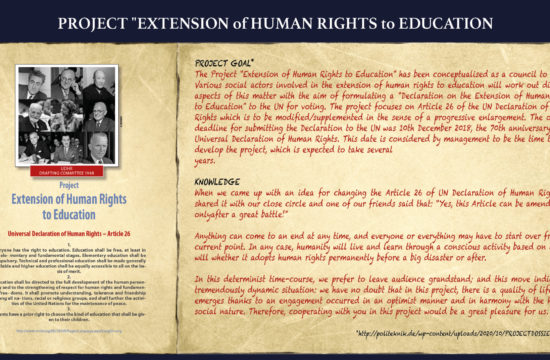Kenyatta University – KENYA
On March 11, 2020, an outbreak of the viral disease COVID-19 which was first identified in December 2019 in Wuhan, China was declared to have reached the level of a global pandemic by the World Health Organization (WHO) citing concerns with “the frightening levels of spread and severity.” The WHO called for governments to take urgent and aggressive action to stop the spread of the virus. In response to the call, on March 15, 2020, the Kenyan government announced closure of public and private schools, colleges and universities nationwide in reaction to COVID-19 raid. The closure disrupted nearly 17 million learners countrywide. Since schools closed in Kenya, the ministry of education and other agencies has maintained that learners should continue with online learning or technology- mediated learning on TV, radio, end-tech apps, and mobile phones.
On-line learning platforms among early year’s learners face myriads of challenges of accessibility. Staff training and support. Most of the teachers have not acquired the 21st century skills and are unable to access internet, upload and even retrieve information for on-line class or learning and so is the case among children. The condition is worse where young learners in their early years of education have disability and are expected to continue with their on-line classes. The challenge of on-line lesson planning, teaching and assessment has remained an uphill task for teachers.
Large fund required to procure and manage equipment, has been the main challenge the government as well as private owners of schools face. This is because it has not been imagined that such a pandemic would strike in a life-time, not forgetting the fact that it has not been a priority in the government’s budget for schools. Further, majority of learners with disability cannot operate med-tech gadgets such as computers, tablets and smart phones among others. The constraints of tight syllabus, curriculum and term dates make it difficult for a teacher to train a learner with disability on operation of learning gadgets.
As you may be aware, learner with special needs takes extra time to perform the same task ‘normal others’ will perform faster. In the case of a learner with hearing impairment, the completion of a task wholly depends on sign language. Some teachers would pose content on-line but fail to give the appropriate translation or media for the learners with disability. Various categories of learners with disability in the same classroom in regular schools attended by a single teacher may exacerbate effective use of technology mediated learning among learners with disabilities upon the re-opening of schools.
In addressing the new normal, nations should ensure that information; facilities, services and programmes are made accessible for learning of children with special needs. Early years teachers need training on the use of assistive technology and assessment to optimize the educational outcomes of children with disabilities. All official communication must be made accessible to persons with disabilities through the provision of information in alternative formats such as an accessible website with subtitles and alternative text for images or signed option for video content for children with hearing impairment and audio for the learners with visual impairments. Teachers should directly communicate to the learner or the guardian of the child with disability through direct phone calls and text in the event that an assignment is uploaded that requires the actions of the learner.











